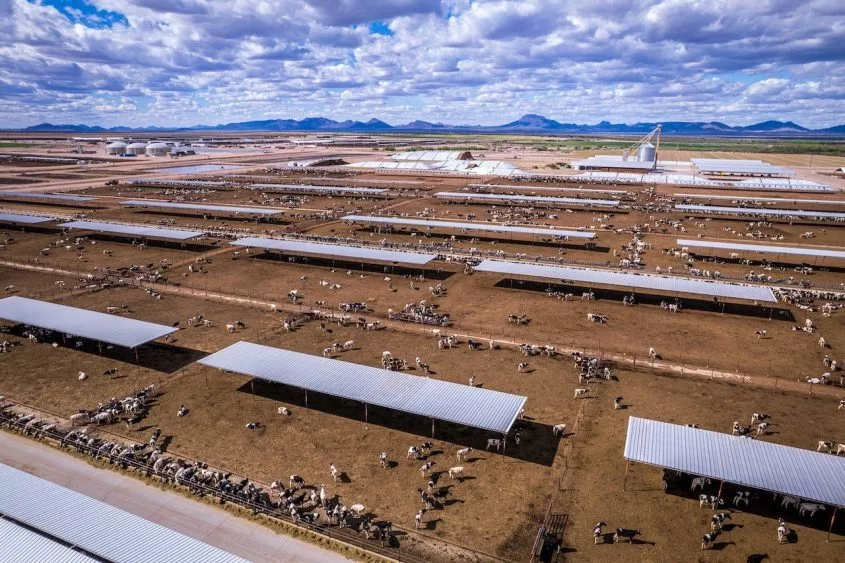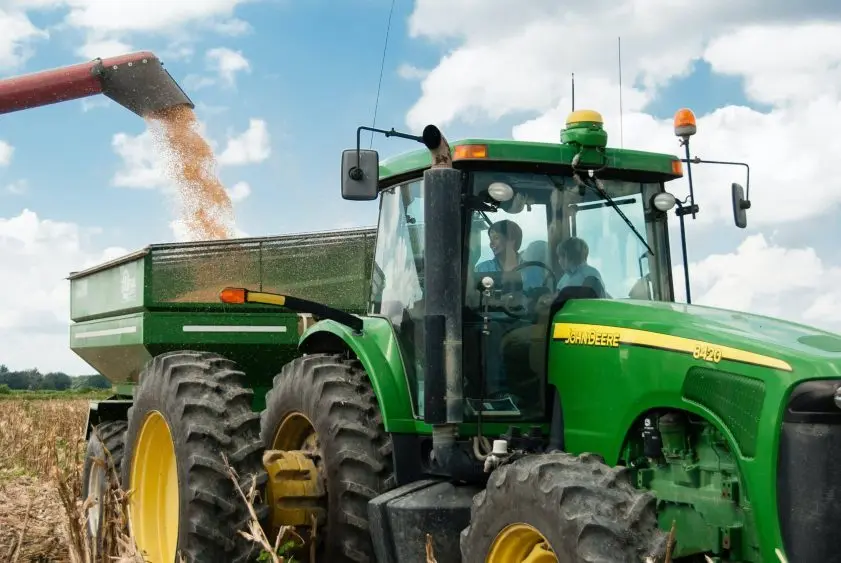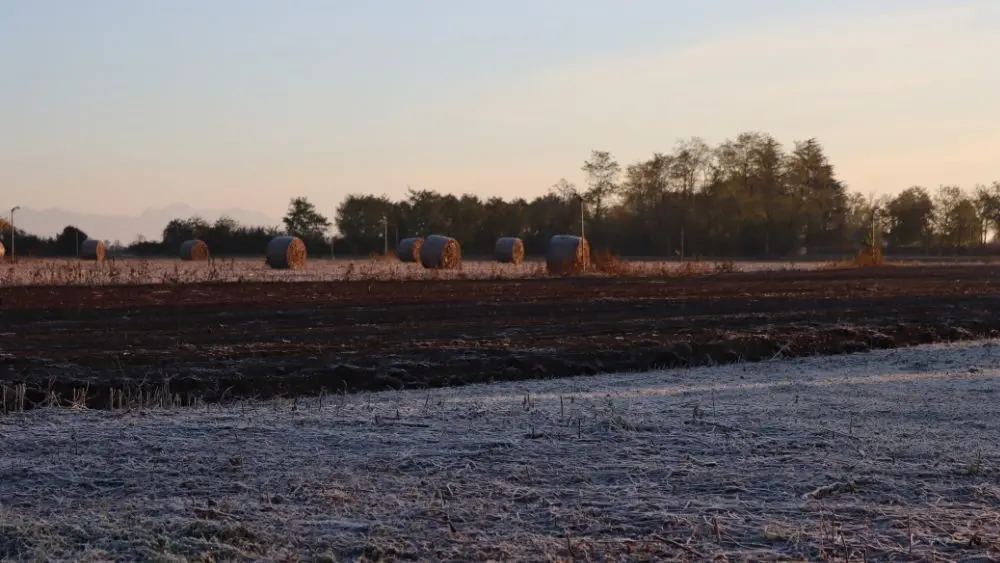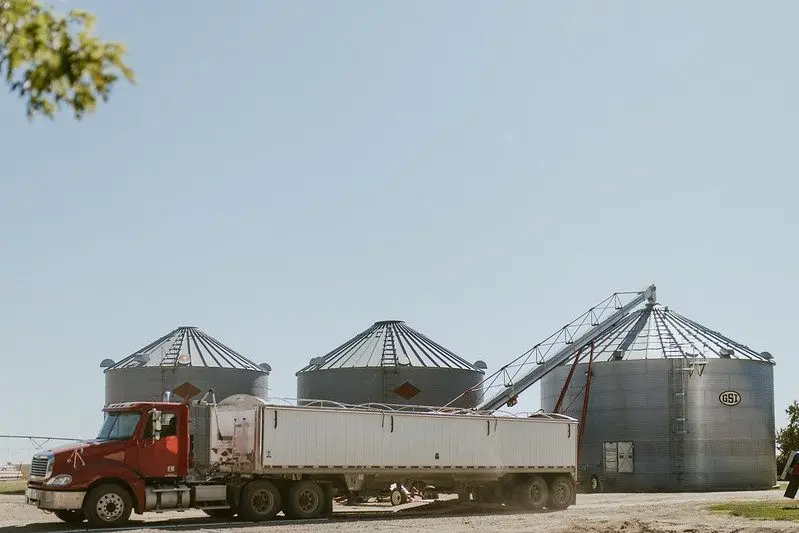
The U.S. is clamping down on the import of livestock from Mexico once again as the New World Screwworm is on the radar of U.S. agricultural officials as well as livestock producers across the country.
Bernt Nelson, an economist with the American Farm Bureau Federation, says the screwworm is a particularly nasty pest.“This thing is endemic to Central and South America,” says Nelson. “Adult screwworm flies lay eggs on a wound of a warm-blooded animal. Now, when that larva hatches, it then eats the flesh and burrows into the wound, and this can cause infections and even death. Screwworms haven’t really been a problem in the U.S., because they were effectively eradicated in the 60s using what’s called a sterile fly technique.”
Sterile flies are grown and then released into the wild, which slows down the breeding process. Nelson says the technique has worked until the New World screwworm began spreading last year in Panama and Costa Rica and then moved into Mexico. “They kind of then kept moving north, and since this pest was eradicated back in the 60s in the U.S., there’s only one facility left to produce those sterile flies, and that’s located in Panama,” said Nelson. “There are no longer enough flies to keep this thing at bay from moving closer to the U.S. This has led the USDA to shut down the ports of entry to cattle, bison, and horses entering the U.S. from Mexico for the second time.”
Previous outbreaks took years and millions of dollars to eradicate. Nelson says that’s why we need to deal with this before it gets into U.S. livestock. “It’s really, really important that we start taking steps now to mitigate any damage that could happen,” Nelson says. “This is something that we need to take very seriously, and we’ve got to get a new fly production facility moving and underway.”
SOURCE: NAFB News Service



